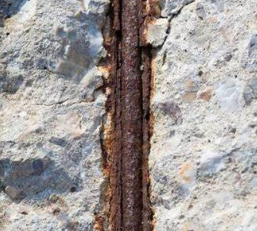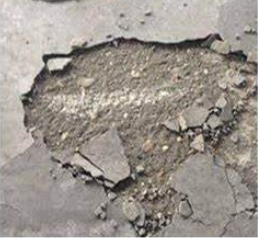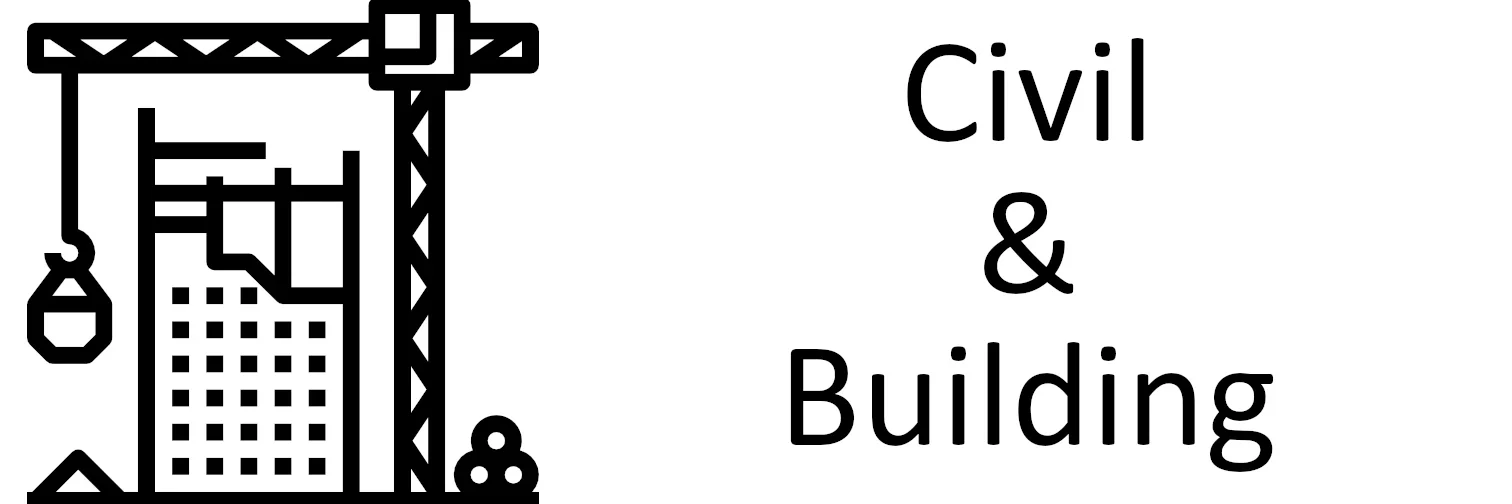One of the most important building materials, concrete is renowned for its longevity and toughness. But after time, even the strongest structures could need upkeep and repairs. In order to keep buildings safe, useful, and aesthetically beautiful for a longer period of time, concrete repair and restoration are essential procedures. This blog will discuss the importance of concrete repair and restoration, the typical problems that call for these treatments, and the methods utilized to revitalize deteriorating buildings.

The Value of Concrete Restoration and Repair
- Structural Integrity: Concrete is a porous material that can break down as a result of exposure to chemicals, weathering, moisture, and structural stress, among other things. Interventions in repair and restoration aid in preserving the structural integrity of concrete buildings, averting possible collapses.
- Safety: Residents and the general public may be at danger for injuries due to concrete deterioration such as cracks and spalling. These risks can be removed and safety can be improved with prompt repair and restoration work.
- Aesthetics: Concrete damage can seriously detract from a structure’s appearance. Not only may repair and restoration bring back the structure’s aesthetic appeal, but they also restore its usefulness.
- Cost Savings: Repairing and restoring damage early on can be less expensive than waiting for it to get worse and maybe needing major reconstruction.
Typical Problems Needing Restoration and Repair of Concrete
- Cracks: External forces, thermal expansion and contraction, shrinkage, and settling can all cause cracks. They cause additional damage by weakening the concrete and letting moisture in.

- Spalling: The surface of concrete chips or flakes and is frequently brought on by chemical exposure, corroding reinforcement bars, or freeze-thaw cycles.

- Corrosion: Structural damage may result from the corrosion of steel reinforcement embedded in concrete. Corroded steel is frequently removed, anti-corrosion coatings are applied, and the damaged parts are patched.

- Delamination: This is the separation of concrete layers. This may be the result of inadequate curing, too much water in the mixture, or bad building techniques.

- Scaling: The use of de-icing salts and freeze-thaw cycles cause the surface mortar to be lost. Concrete repair usually include resurfacing and sealing.

Methods for Restoring and Repairing Concrete
Concrete restoration and repair are specialist tasks that call for meticulous preparation and expert execution. A few typical methods are as follows:
- Surface preparation: this includes cleaning the surface, removing any loose or deteriorating concrete, and exposing sound concrete for repair.
- Crack Repair: Different techniques, such as epoxy injection, crack sealing, or routing and sealing, are utilized to restore structural integrity, depending on the size and kind of cracks.
- Patching and Resurfacing: In order to ensure a consistent and structurally sound finish, damaged sections are patched and resurfaced using the proper materials.
- Reinforcement Replacement: To stop additional corrosion, non-corroding alternatives must be used in place of rusted steel reinforcement, and protective coatings must be applied.
- Protective Coatings: By limiting chemical and water penetration, protective coatings or sealants can increase the concrete surface’s longevity.
- Cathodic Protection: Systems for cathodic protection are installed to stop severe corrosion and prolong the life of the structure.
The Prospects for Concrete Restoration and Repair
With the advent of cutting-edge tools, materials, and methods, the area of concrete repair and restoration is always changing. An growing number of environmentally friendly materials and repair techniques are being launched as sustainability gains momentum in the building industry.
To sum up, concrete restoration and repair are critical to maintaining the durability and use of our built environment. These procedures improve safety and aesthetics in addition to addressing structural problems. By implementing cutting-edge repair technology and prioritizing proactive maintenance, we can prolong the lifespan of our concrete structures, decreasing the need for expensive replacements and lowering the environmental impact of the construction sector.
